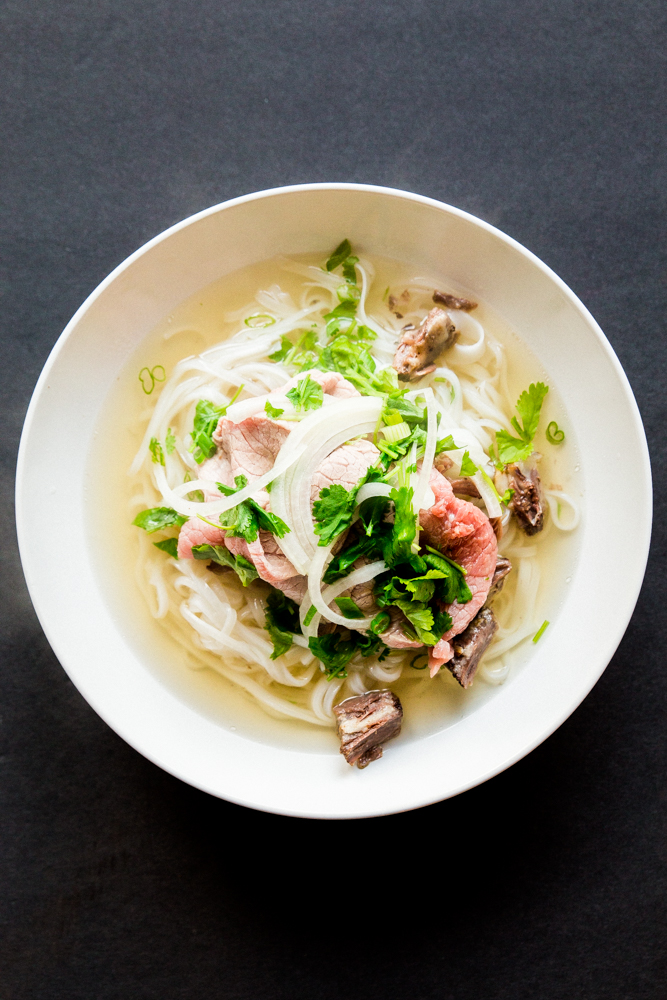
Summer’s heat is finally, lazily, starting to wane here in NW Florida; but it’s nowhere near stew season yet. And judging from recent reports, the rest of the US is experiencing some pretty hot weather, so you’re likely not ready to crank on the oven right now, either. So I think it’s the perfect time to share my Gỏi Gà (Vietnamese Chicken and Cabbage Salad) recipe.
Gỏi is the common salad dish in Southern Vietnam (called Nộm in Northern Vietnam), with Gỏi Gà, its chicken variety, being the most popular. While many shredded chicken salad recipes call for boiled chicken, I just can’t stomach the idea of boiling chicken – it seems like such an impersonal way to prepare meat, and it runs the risk of creating a dry, mealy texture.
I respect the reason why boiled chicken is used for shredding, as the water-saturated chicken is easy to break apart. But today, we’ll employ a technique I first learned in a restaurant job, nearly 20 years ago, to get the best of both worlds: we’ll grill the chicken to give it a nice crust and flavor, then dunk it in an ice water bath to cool. This has a secondary effect of preventing the grilled chicken from shrinking, making it a breeze to shred.
One of my favorite aspects of this recipe is that nothing goes to waste. For example, we’ll fry up some shallots and garlic as a salad topping, then cool and use the oil to create the salad dressing – infused with toasted shallot and garlic flavor.



